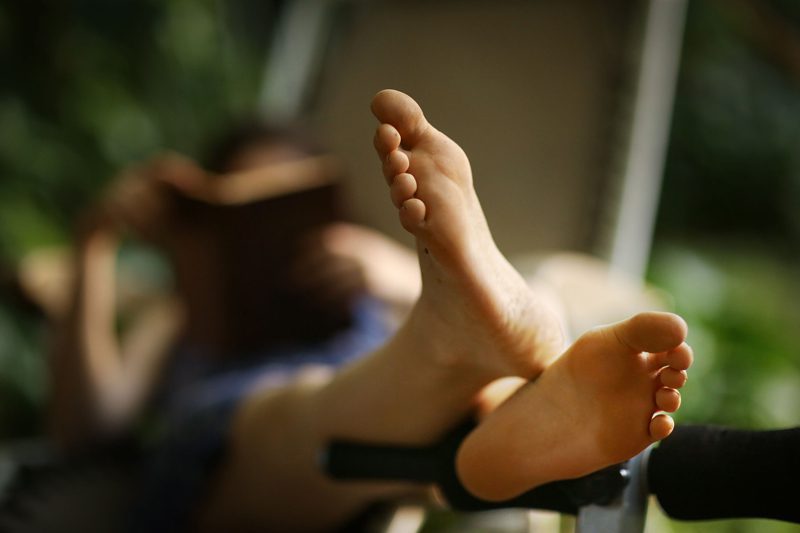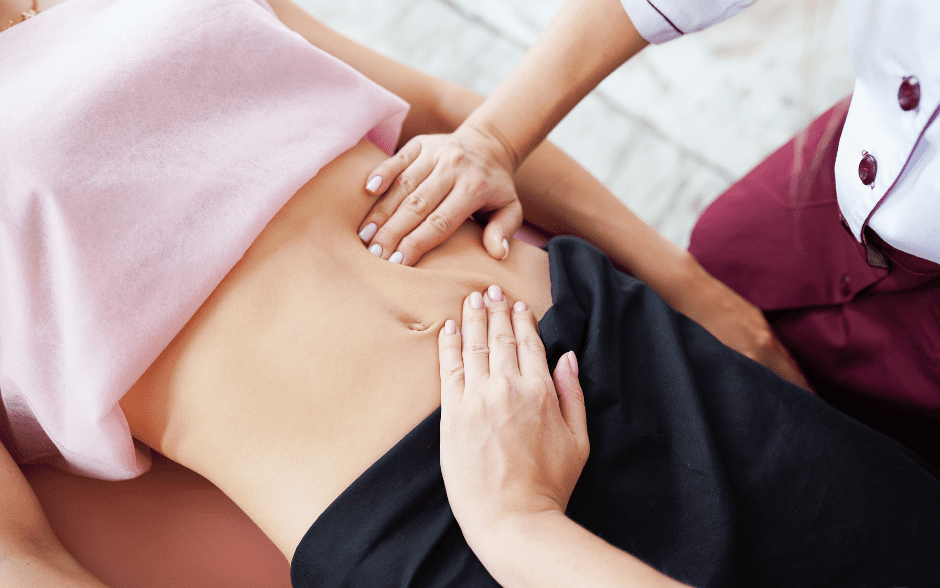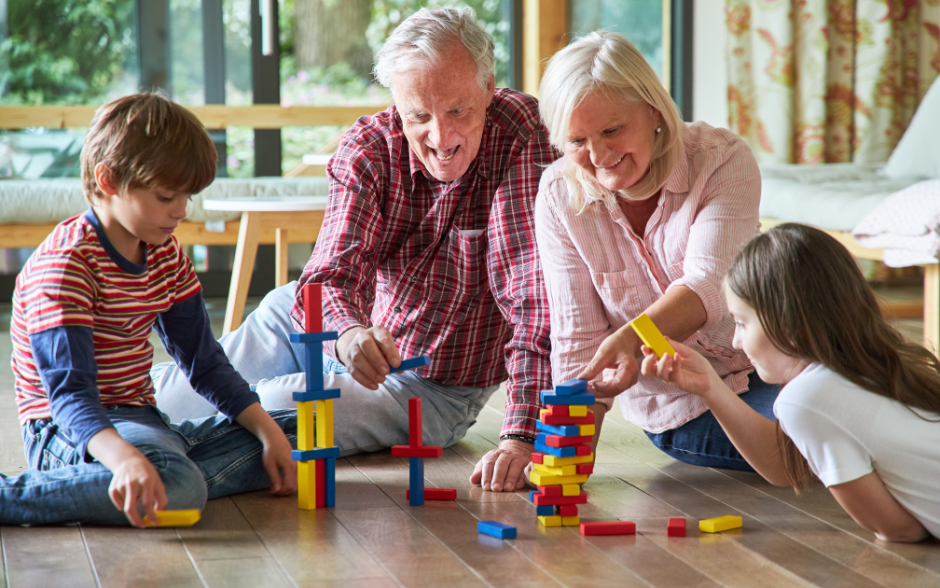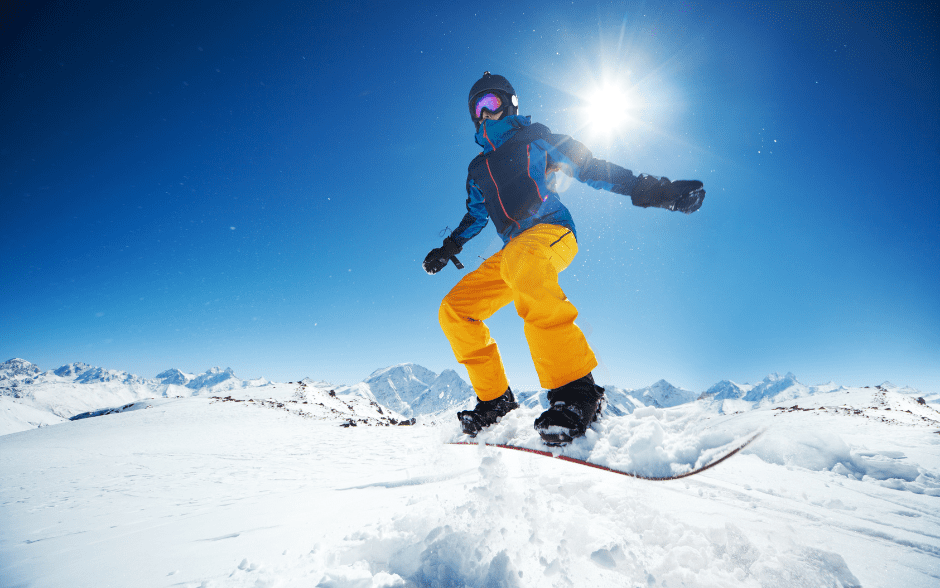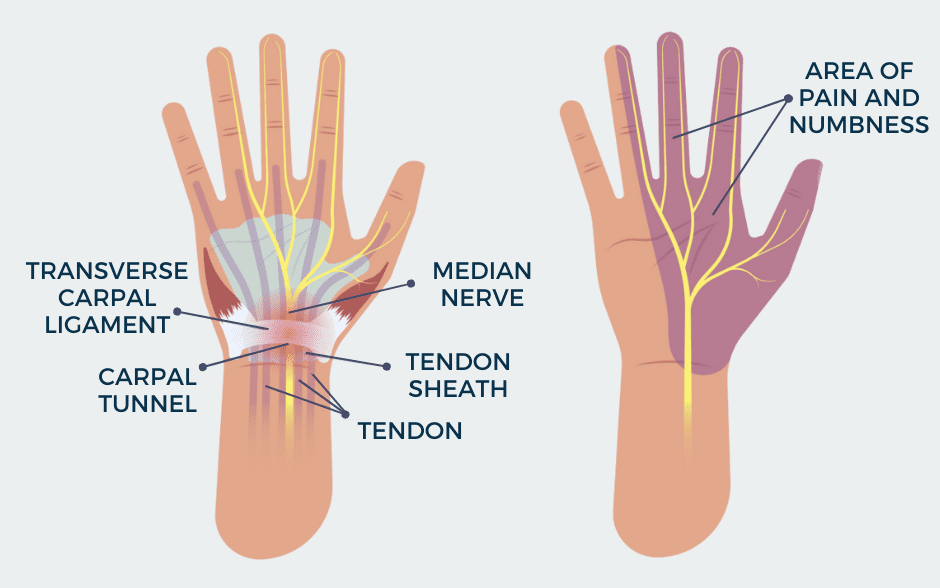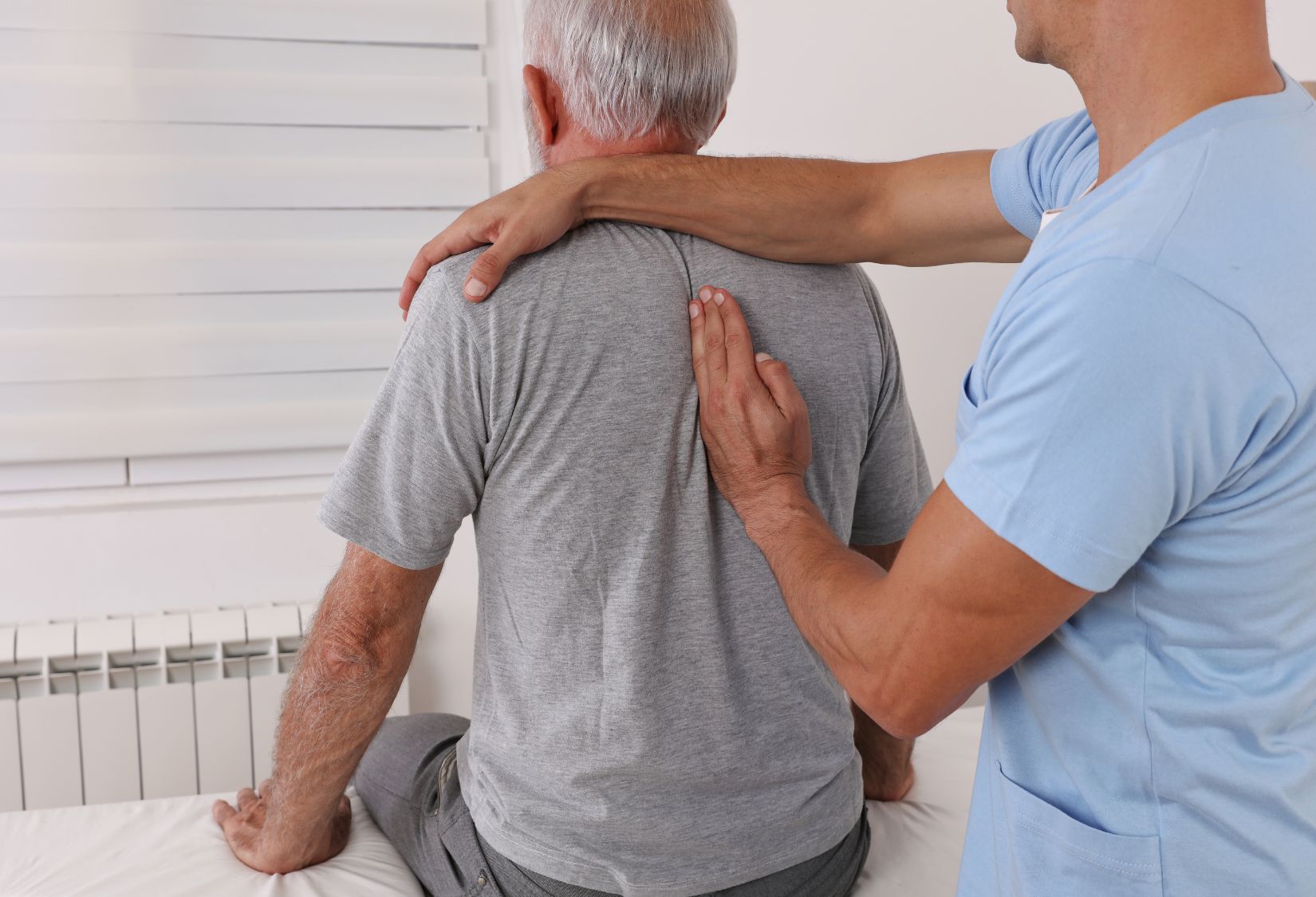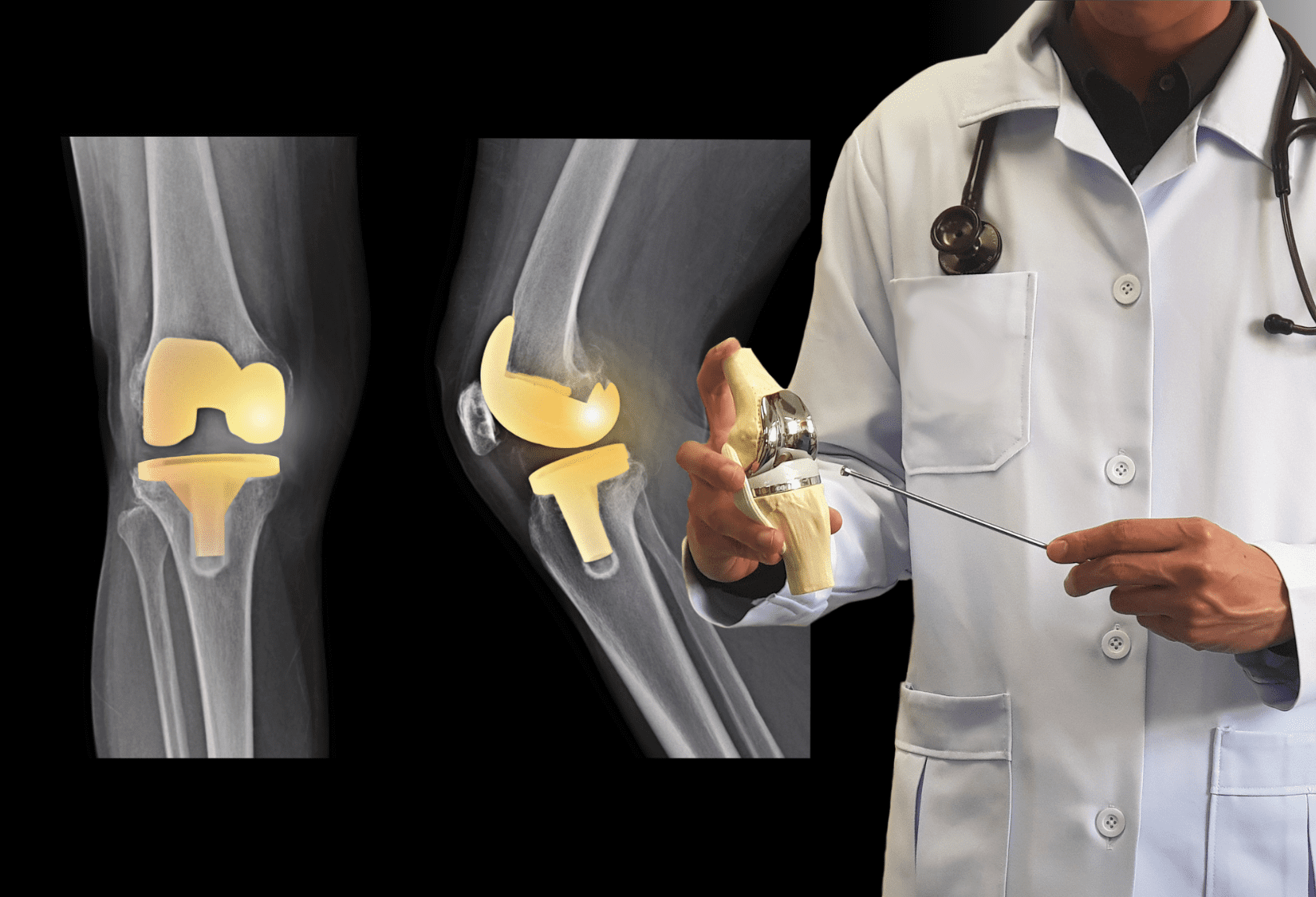To understand the causes of foot pain as well as injuries, it is important to understand how complicated this part of the body is. The foot itself is made up of 26 bones, 33 joints, 107 ligaments and tendons, and even a bigger number of veins, arteries and nerves with a total length of almost a mile, and hundreds of thousands of sweat glands and sensory receptors.
The following elements have an impact on the proper functioning of the feet:
- the thoracic-lumbosacral spine – which, apart from its supporting function, plays a particularly important role as a nerve center, from which the peripheral nerves (motor-sensory and autonomic) manage the proper functioning of the muscles, circulatory system, and sensation in the entire lower limbs
- the pelvis – the incorrect, asymmetric positioning of this part of the body determines the difference in the length of the legs and thus the uneven load of weight on the feet. Overload of the femur, tibia, and fibula, foot bones, and joints causes flat feet, inflammation of the tendons, neuromas, heel spurs, etc.
- metabolism problems and hormonal imbalance – affect the circulation and lead to problems such as diabetic foot, neuropathies, chronic inflammation, degeneration, swelling
- body weight – during walking and standing a relatively small area of the foot must carry the weight of the whole body and absorb the shocks coming from all uneven and even surfaces we walk on.
- musculoskeletal diseases and deformities of lower extremities
How can you prevent foot and ankle problems?
- Bodyweight control
- Choosing the right footwear
- Body posture assessment that you can do even at home – ask someone to take a photo of you barefoot from behind, preferably in shorts with exposed feet, knees, hips, and lower spine. This will allow you to see possible curvatures that you are not even aware of and correct the posture accordingly.
- Walking – start with short distances, gradually increasing it, as well as the pace of walking.
If the problems persist, we highly recommend a free screen with one of our highly qualified specialists. We will be able to identify the problem and prepare an individual treatment plan not only to relieve the symptoms but also to address the root of the problem.
Depending on the patient, we can use one or a combination of several different treatments:
Advanced techniques of manual therapy – the Strain Counterstrain technique – this method allows, among other things, to reduce the troublesome contracture of the foot by gently stretching the lower spine and structures of the lower extremities.
Graston Technique – a highly effective, non-invasive method of treating pain in heels, feet, ankles, or Achilles’ tendons.
Modalities – including laser therapy (to treat inflammation and neuropathy), ultrasound, electrical stimulation,
and Kinesio taping.
Carefully selected therapeutic exercises for both feet and other parts of the body.
Orthopedic insoles are custom-made to fit not only the feet themselves but the whole body. Read more about the insoles, what function they perform, and why they are important here.

